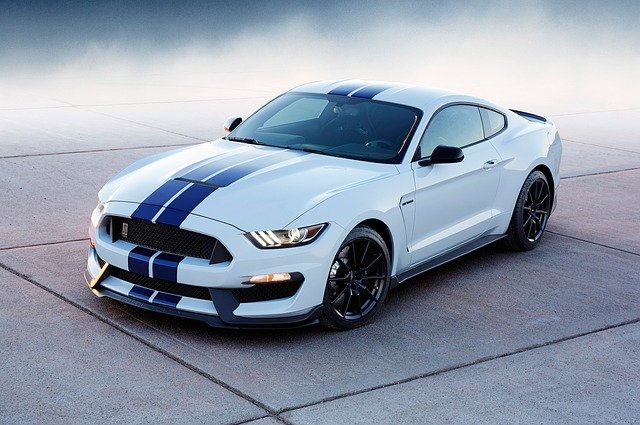
The capacete was a helmet that was used in the Middle Ages.
Capacete is a term that has several uses depending on the region. The dictionary of the Royal Spanish Academy ( RAE ), however, recognizes a single meaning of the concept.
For the RAE , the piece that allowed the protection of the head in ancient armor is called a helmet. The etymological origin of the notion is found in the French word cabasset .
The cape in the Middle Ages
Continuing with this definition, it can be said that the capacete was a helmet : a head covering that served as protection against blows, minimizing injuries. The helmet was part of the set of defensive elements known as armor .
Specifically, it was an open helmet similar to the morion (which was used to cover the upper area of the head and usually had an ornament on the upper part), although not as flattened but with a rather curved design. The helmet arose at the end of the Middle Ages , being created in Spanish territory.
Thanks to its wings, the helmet not only protected against impacts from above, but also preserved vision from the sun's rays. It was integrated into the helmet with the visor (which protected the face) and the bib (protected the jaws, chin and mouth ) and was also usually complemented by the gorget (which covered the neck).
Forms and use
The cap could be pear , almond or bowl shaped. Generally, on its upper edge, it had a point. Sometimes it also had borders or was engraved.
It is estimated that the cap was used between the middle of the 15th century and the end of the 17th century , especially in Spain and Italy . Members of the cavalry , infantry , and piquery often wore it as part of their armor.

In some countries, the roof of a car is called a cape.
Train yourself in electricity
In the field of electricity , a piece whose purpose is to prevent water from entering a meter box and the duct of a connection , also facilitating its lighting, is called a cap. They can also be used for the same purpose in underground distribution networks.
The caps consist of a threaded support , a cap and an outdoor resistant protective rubber . They are usually able to withstand vibrations and slight mechanical stress, tolerating the action of wind , for example.
A part of the car
In its broadest sense, an automobile is a motorized vehicle that does not need lanes or roads to travel. Cars and trucks , in this framework, are automobiles.
In some regions, the hood or roof of a car is called capacete. This element is part of the structure of the means of locomotion, integrating into what is known as the bodywork .
The cap makes it possible to “close” the cabin, covering the upper part of the car. In cabriolet or convertible models , the hood can be removed.
Capacete in Portuguese
It is interesting to mention, finally, that capacete is the Portuguese word that refers to a helmet.
Capacete and helmet, therefore, are equivalent. While in Spanish we talk about helmet, the same idea in Portuguese is mentioned as capacete.
